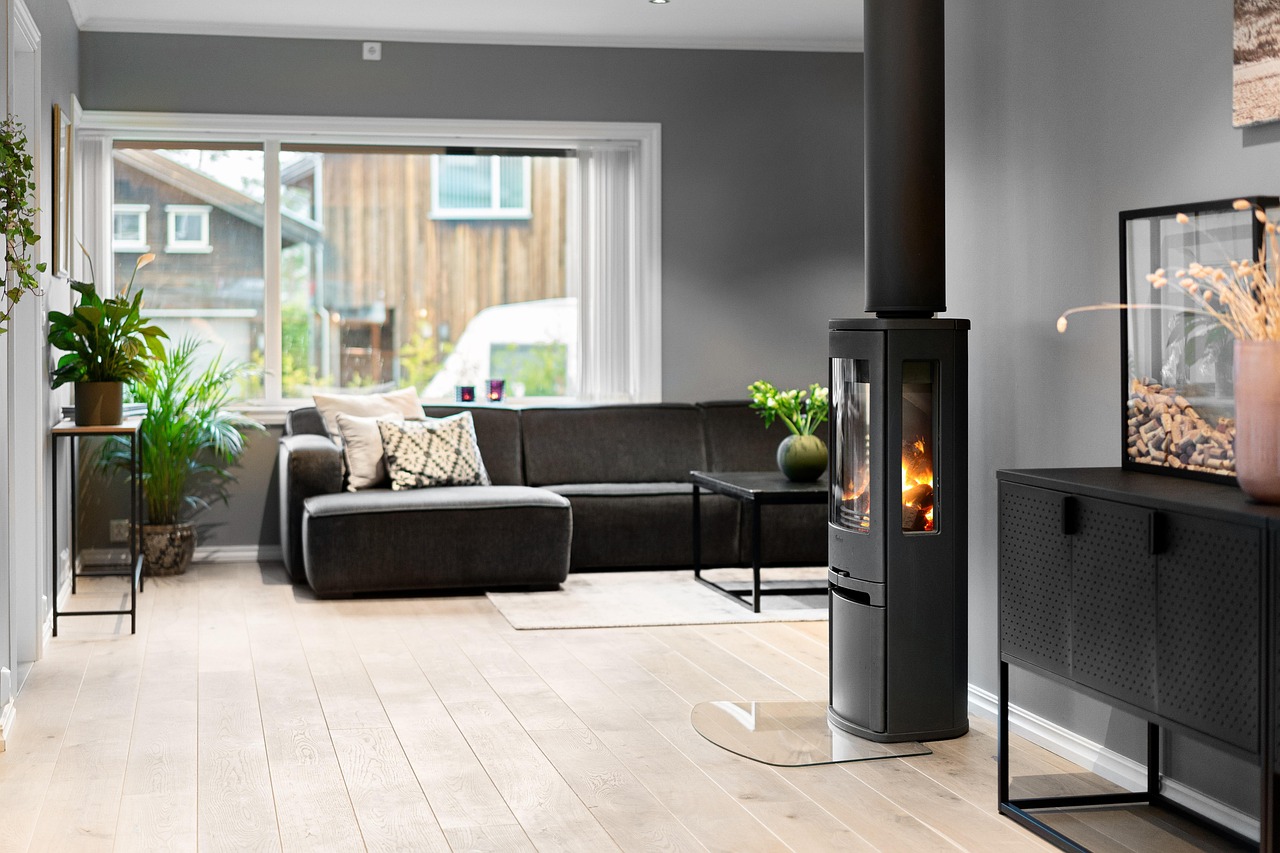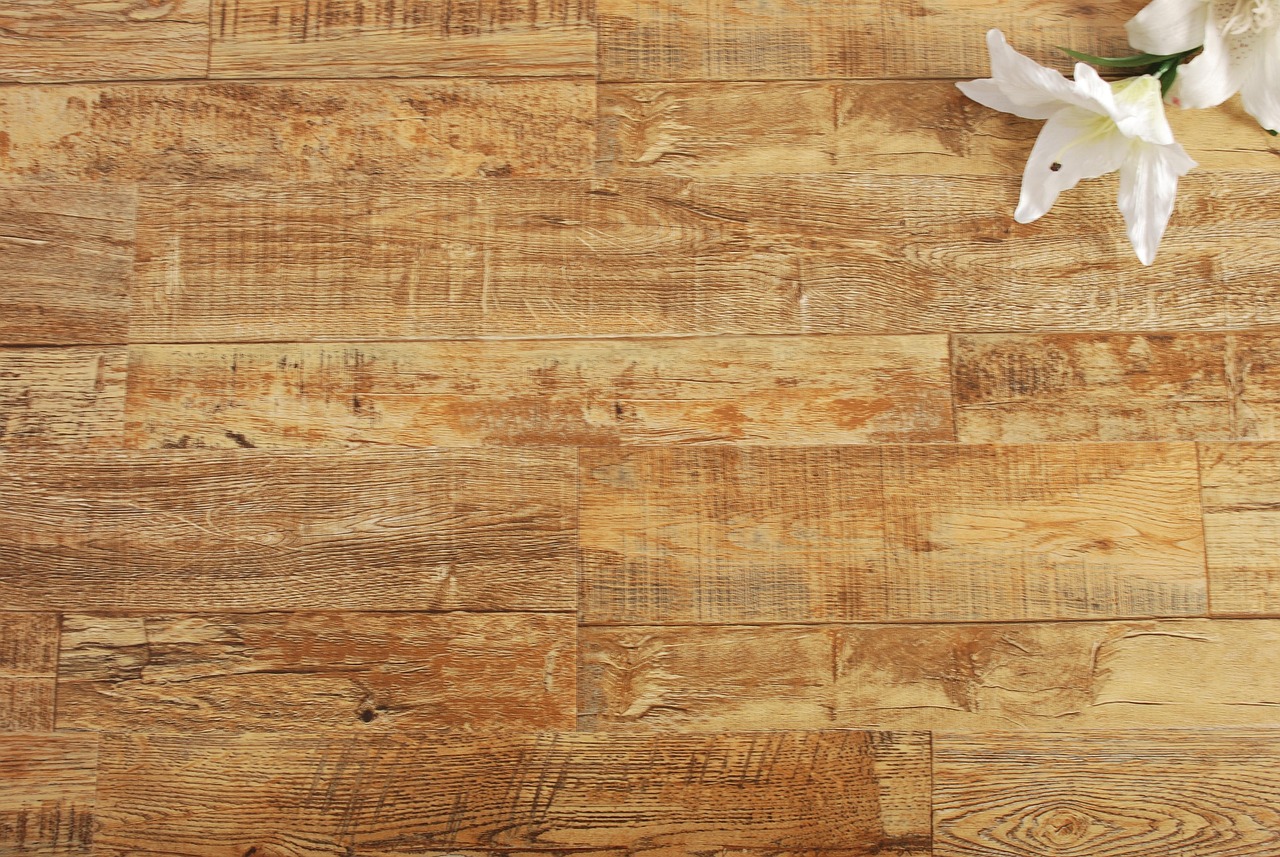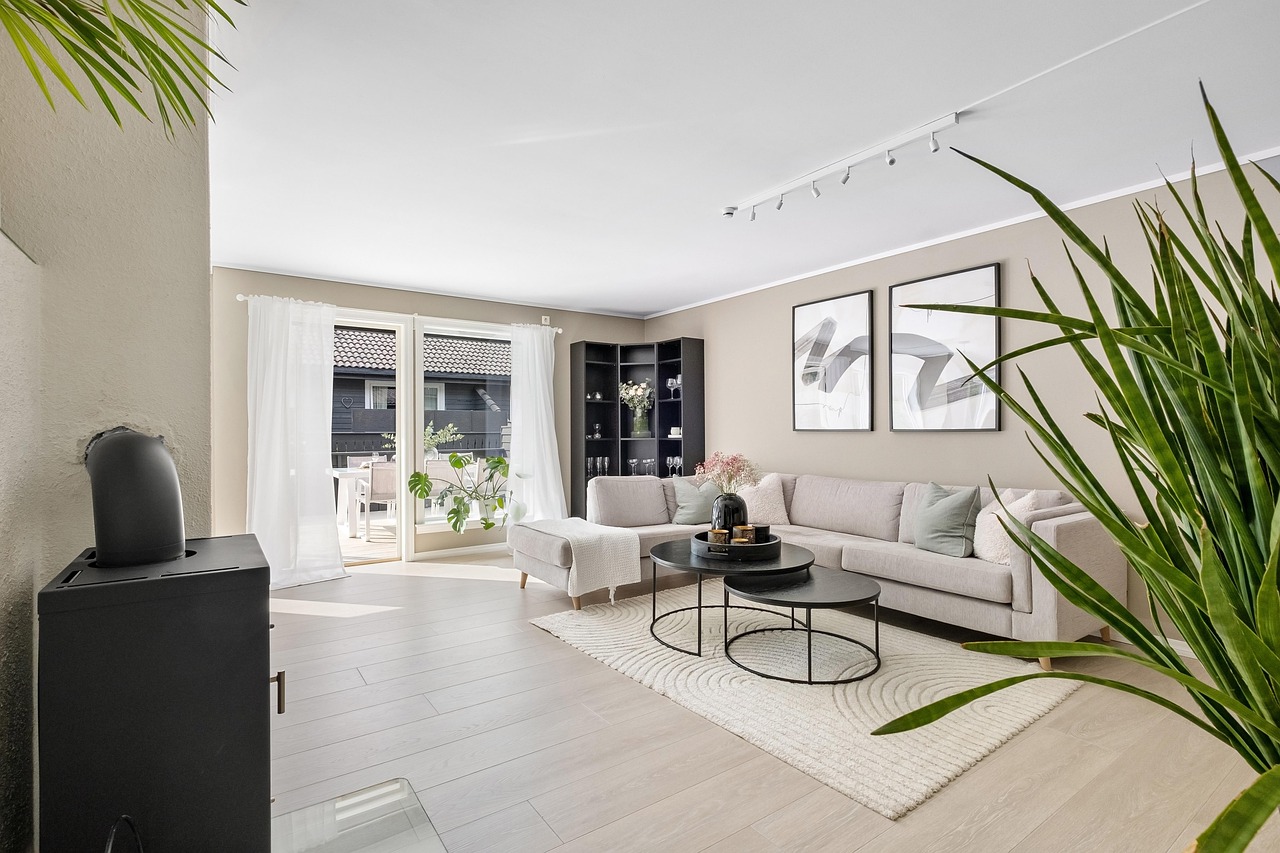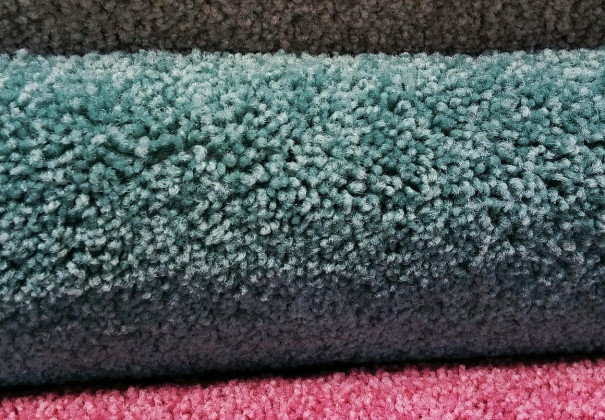Ultimate Carpet Padding Guide: Tips for Choosing the Best Padding for Unmatched Comfort and Durability
When it comes to creating a cozy and inviting home, the right carpet padding is a game changer. Often overlooked, carpet padding is the unsung hero that directly impacts both comfort and durability. Choosing the best padding can elevate your flooring experience, providing that plush feel underfoot while extending the life of your carpets. But with so many options available, how do you know which one is the perfect fit for your space? In this ultimate carpet padding guide, we’ll explore essential tips and insights to help you make informed decisions. From understanding different materials to evaluating thickness and density, we’ll provide the knowledge you need to enhance your home’s comfort and longevity. Get ready to transform your living spaces with the right carpet padding, ensuring each step you take feels like walking on a cloud.

Let’s dive in!<
Understanding Carpet Padding: What You Need to Know
Carpet padding, often referred to as carpet cushion or underlay, is a layer of material placed between the carpet and the subfloor. It serves several essential functions, including providing extra comfort underfoot, enhancing the carpet’s durability, and offering insulation and noise reduction benefits. The right carpet padding can make a significant difference in the overall feel and performance of your carpet, making it an essential component of any flooring project.
One of the primary roles of carpet padding is to absorb the impact of foot traffic, which helps to reduce wear and tear on the carpet fibers. By providing a buffer between the carpet and the subfloor, padding helps to prevent the carpet from flattening and extending its lifespan. Additionally, carpet padding can improve the carpet’s insulation properties, helping to keep your home warmer in the winter and cooler in the summer, which can lead to energy savings.

Another crucial aspect of carpet padding is its ability to reduce noise. Padding acts as a sound barrier, dampening the noise from footsteps and other activities, making it an excellent choice for homes with multiple levels or high foot traffic areas. Understanding these fundamental roles of carpet padding will help you appreciate its importance and guide you in selecting the right type for your needs.
The Importance of Choosing the Right Carpet Padding
Choosing the right carpet padding is essential for several reasons, the most obvious being comfort. The padding provides a cushioned layer that makes walking on the carpet feel soft and comfortable. The thickness and density of the padding play a significant role in determining the level of comfort, so it’s crucial to find a balance that suits your preferences and needs.
Durability is another critical factor influenced by carpet padding.

The right padding can significantly extend the life of your carpet by absorbing the impact of foot traffic and preventing the carpet fibers from breaking down prematurely. High-quality padding can also help to maintain the carpet’s appearance by preventing it from stretching or wrinkling over time.
In addition to comfort and durability, the right carpet padding can also contribute to the overall health of your home. Padding with antimicrobial properties can help to reduce the growth of mold, mildew, and bacteria, which can be particularly beneficial in areas with high humidity or for households with allergy sufferers. By choosing the right padding, you can create a healthier living environment for you and your family.
Types of Carpet Padding: A Comprehensive Overview
There are several types of carpet padding available, each with its own unique properties and benefits. Understanding the differences between these types will help you make an informed decision when selecting the best padding for your home.

Rebond Padding
Rebond padding is one of the most common types of carpet padding and is made from recycled foam scraps. This type of padding is known for its excellent balance of comfort and durability, making it a popular choice for residential applications. Rebond padding is available in various thicknesses and densities, allowing you to choose the level of support that best suits your needs. Additionally, its eco-friendly nature makes it an attractive option for environmentally conscious homeowners.
Foam Padding
Foam padding, also known as urethane padding, comes in two main varieties: prime foam and memory foam. Prime foam padding is made from new, high-density foam and offers excellent support and comfort. It is lightweight and easy to install, making it a popular choice for DIY projects. Memory foam padding, on the other hand, is made from viscoelastic foam and is known for its exceptional comfort and ability to contour to the shape of your feet.

This type of padding is particularly suitable for areas where comfort is a top priority, such as bedrooms and living rooms.
Fiber Padding
Fiber padding is made from natural or synthetic fibers, such as felt, jute, or polyester. This type of padding is known for its durability and resistance to crushing, making it an excellent choice for high-traffic areas. Fiber padding provides a firm, supportive base for the carpet, which can help to prevent it from stretching and wrinkling over time. Additionally, fiber padding is often treated with antimicrobial agents, making it a good choice for households with allergy sufferers.
Rubber Padding
Rubber padding is made from natural or synthetic rubber and is known for its exceptional durability and resilience. This type of padding provides a firm, supportive base for the carpet, making it an excellent choice for high-traffic areas and commercial applications.
Rubber padding is also highly resistant to moisture, making it a suitable option for areas prone to spills or humidity, such as basements and kitchens. Additionally, rubber padding offers excellent sound insulation properties, making it an ideal choice for multi-level homes or apartments.
Waffle Padding
Waffle padding is a type of rubber padding with a waffle-like texture that provides additional cushioning and support. The unique texture of waffle padding allows for better airflow, which can help to reduce moisture buildup and improve the carpet’s overall performance. Waffle padding is known for its excellent comfort and durability, making it a popular choice for both residential and commercial applications.
Frothed Foam Padding
Frothed foam padding is made from polyurethane foam that has been whipped into a frothy consistency and then cured to create a dense, durable padding. This type of padding is known for its excellent support and comfort, making it a popular choice for high-traffic areas and commercial applications.
Frothed foam padding is also highly resistant to moisture and mold, making it a suitable option for areas prone to spills or humidity.
Moisture Barrier Padding
Moisture barrier padding is designed with a built-in moisture barrier to prevent liquids from penetrating the padding and reaching the subfloor. This type of padding is particularly beneficial in areas prone to spills or high humidity, such as basements, kitchens, and bathrooms. Moisture barrier padding helps to protect the subfloor from damage and can also help to reduce the growth of mold and mildew.
Evaluating Thickness and Density
When choosing carpet padding, it’s essential to consider both thickness and density, as these factors play a significant role in determining the overall comfort and durability of the carpet.
Thickness
The thickness of carpet padding is measured in inches and typically ranges from 1/4 inch to 1/2 inch.
Thicker padding provides a softer, more cushioned feel underfoot, making it an excellent choice for areas where comfort is a top priority, such as bedrooms and living rooms. However, it’s important to note that thicker padding may not always be the best choice for high-traffic areas, as it can compress more quickly and lead to premature wear and tear on the carpet.
Density
Density refers to the weight of the padding per cubic foot and is typically measured in pounds. Higher-density padding provides better support and durability, making it an excellent choice for high-traffic areas and commercial applications. Lower-density padding, on the other hand, offers a softer, more cushioned feel but may not provide the same level of support and durability.
Finding the Right Balance
When choosing carpet padding, it’s essential to find the right balance between thickness and density to suit your needs.
For high-traffic areas, such as hallways and stairs, opt for a higher-density padding to provide the necessary support and durability. For areas where comfort is a top priority, such as bedrooms and living rooms, consider a thicker, lower-density padding to provide a softer, more cushioned feel underfoot.
Conclusion
Choosing the right carpet padding is essential for creating a comfortable and durable flooring experience. By understanding the different types of carpet padding, evaluating thickness and density, and considering your specific needs and preferences, you can make an informed decision that will enhance the comfort and longevity of your carpets. Whether you’re looking for extra cushioning in your bedroom or need durable support for high-traffic areas, the right carpet padding can make all the difference. So, take the time to explore your options and invest in quality padding to ensure each step you take feels like walking on a cloud.

